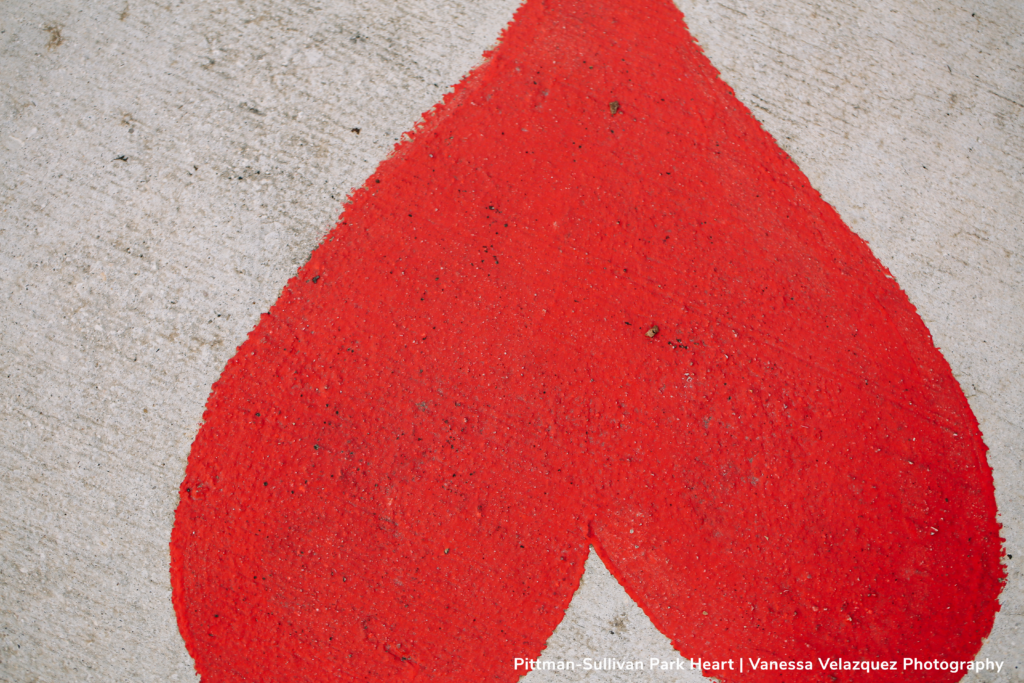For the past year, every evening, we have downloaded the daily data on the COVID-19 crisis from the City of San Antonio’s Metro Health Department. We know, for example, when reporting shifted from whole numbers to percentages and back again or when categories for race changed. We documented when data was not recorded or stopped being reported. We also recorded every milestone or policy decision affecting San Antonio.
Today, we relaunched our COVID-19 data dashboard to show the cumulative confirmed cases and deaths in Bexar County with notes on daily milestones and shifts in daily data reporting from the past one year. The dashboard includes new confirmed cases (a 7-day moving average) and the data on confirmed cases and deaths disaggregated by race, “sex,” and age.
Why does any of this data matter?
At SA2020 we pride ourselves on being data informed, not data driven. We use the tagline “results driven, data informed” to emphasize that the data is only as important as the results we want to achieve.
In 2020, nearly 12,300 people envisioned a future where “San Antonians are among the healthiest in the nation in a community that provides comprehensive support and resources for physical and mental lifelong well-being.”
The COVID-19 crisis data, side-by-side with policy decisions, show how decisions made at every level of government affect people’s lives. The data on confirmed cases and deaths disaggregated by demographics begin to show us who has been disproportionately affected by COVID-19. For example, people aged 60 or older make up about 15% of the confirmed cases locally, and make up 77.9% of confirmed deaths in Bexar County.
The data shows us, undeniably, that masks and physically distancing saves lives.
We relaunched the dashboard because we believe the record will remain important for as long as San Antonians experience the impact of the crisis. From vaccine rollout to the multi-million dollar, multi-sector investment in COVID-19 relief, policy and program decisions continue to affect our lives. Today, and for a long time to come, the data allows us to ask critical questions that could strengthen how institutions meet the needs of San Antonians.
Some of these critical questions can even stem from the data we don’t yet have access to. National research, for example, shows that Black people are dying at roughly the same rate as White people ten years older and more. Given the vulnerabilities to COVID-19 by older age, looking at race by age would help us know even more precisely who is being disproportionately affected in San Antonio. Looking at this national data has led Drs. Oni Blackstock and Uché Blackstock to ask, “Why, then, are Black Americans subject to the same age cutoff for vaccination prioritization?
“San Antonians are among the healthiest in the nation in a community that provides comprehensive support and resources for physical and mental lifelong well-being.”
— San Antonio’s shared Community Vision
Tomorrow, March 13, 2021, marks the one year anniversary of the Mayor’s declaration of a public health emergency in San Antonio and the first confirmed case of COVID-19 in Bexar County. SA2020 drives progress toward a shared community vision that calls for the physical and mental lifelong well-being of every San Antonian. It’s the best way we know how to honor the lives we have lost to COVID-19.

